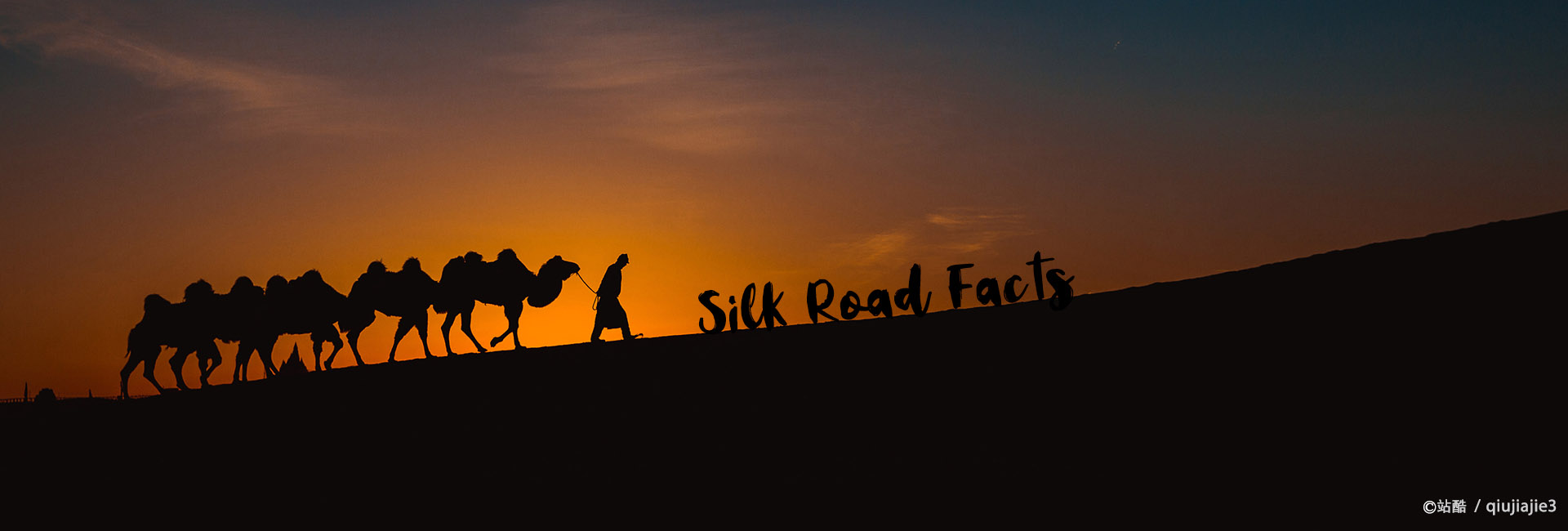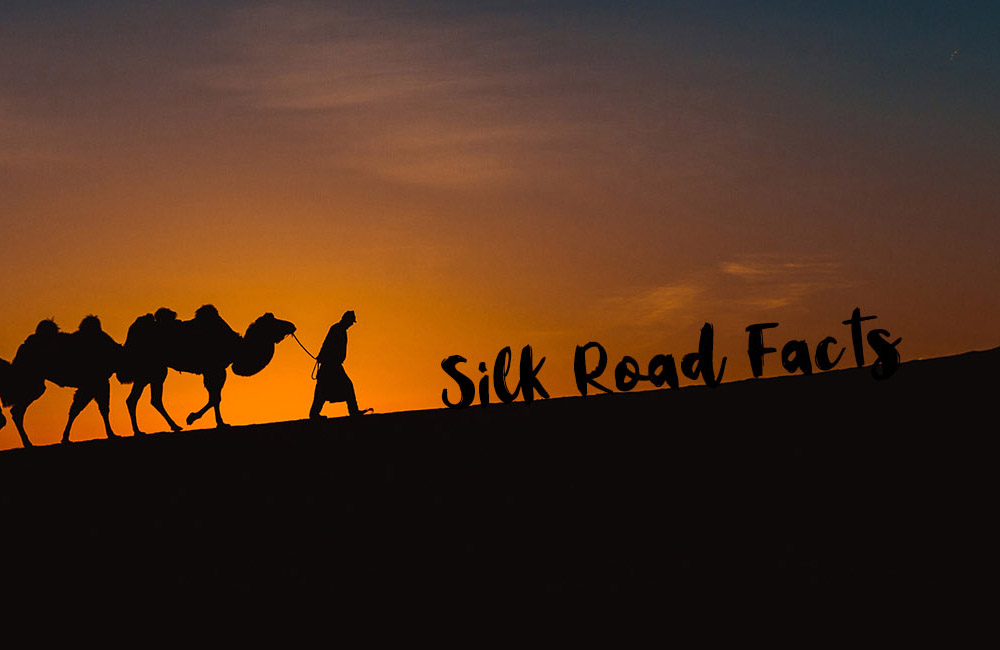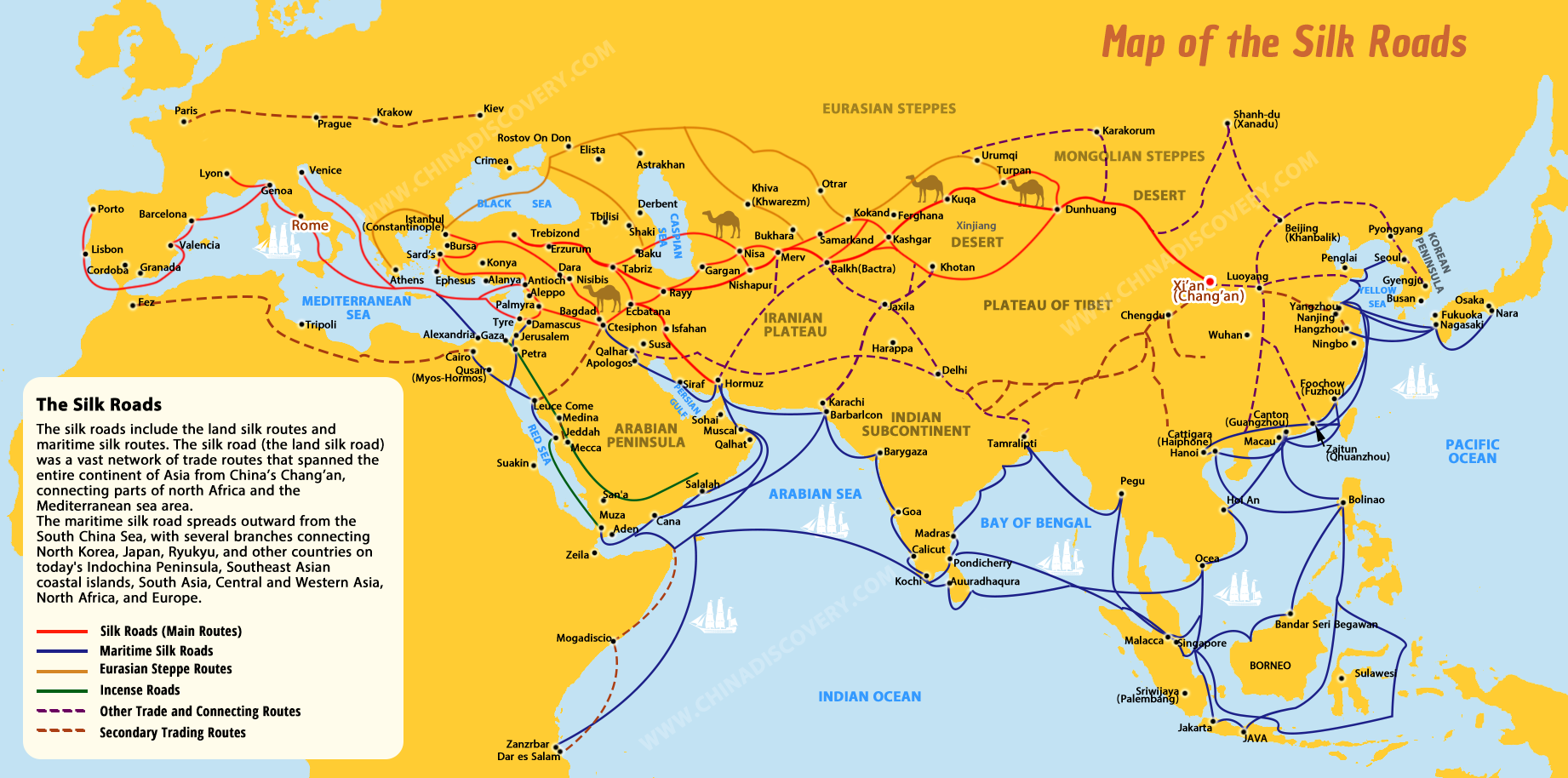Silk Road Facts | Fun Facts about the Silk Road 2025/2026
Connecting the east and west, the Silk Road is the oldest trade route with a great distance between east Asia and the Mediterranean. It has been used for centuries, leaving a great impact in history on international trade and cultural exchanges. Countless merchants, travelers, warriors, conquerors have traversed the desert and ruins, towns with camels, and brought silk, porcelain, spices, cultures, and religions in different countries. Nowadays, trade activities have ceased, but the silk road still stirs the interest of explorers, adventurers, scholars, archaeologists, traders, and travelers to unveil the hidden glory of its past through the historic relics, archaeological treasures, and unique traditions of people living on these routes. There are still questions lingering about the mysterious routes. Here, we have 12 most commonly asked questions about the silk road, and these interesting facts will broaden your horizon to learn beyond just routes and ancient relics, and help you have more vivid background knowledge before your Silk Road adventure.
The Silk Road generally refers to the land Silk Road, which is broadly divided into land Silk Road and Maritime Silk Road. In 1877, the German geographer Ferdinand von Richthofen defined "the western region traffic road mediated by silk trade between China and Central Asia as well as India" as "the Silk Road" in his book. This term was soon accepted and broadened to describe the network of trade routes connecting China and the Far East with the Middle East and Europe by the academic community and the public, officially used and continues to this day.
Recommended Silk Road Tour:
☛ 10 Days Classic China Silk Road Tour (Xian/Dunhuang/Turpan/Kashgar)

Camel Team Walking on Mingsha Mountain ©mafengwo / 恶魔哭泣
The silk road (the land silk road) was a vast network of trade routes that spanned the entire continent of Asia from China’s Chang’an, connecting parts of north Africa and the Mediterranean sea area.
The silk road was not only one road. In addition to land transportation, there is also a route to other countries by sea, which is the Maritime Silk Road. The maritime silk road spreads outward from the South China Sea, with several branches connecting North Korea, Japan, Ryukyu, and other countries on today's Indochina Peninsula, Southeast Asian coastal islands, South Asia, Central and Western Asia, North Africa, and Europe.
Recommended Silk Road Tour:
It’s believed that the Silk Road started from the great Chinese capital city Chang’an(today’s Xi’an), and later from Luoyang during the East Han Dynasty and stretched westward with spurs and rejoining and finally reached the Roman Empire via Parthia.>>Learn More about the Silk Road Routes
Recommended Silk Road Tour:
☛ 8 Days Xinjiang Silk Road Exploring Tour (Urumqi/Turpan/Kashgar/Tashkurgan)

Xian Bell Tower ©mafengwo / siyu Y

Camels Walking Along Zigzag Sand Dunes ©mafengwo / 恶魔哭泣
Generally, the silk road often refers to the land Silk Road that extended approximately 6,437 kilometers (4,000 miles) across some of the world’s most formidable landscapes, including the Gobi Desert and the Pamir Mountains. As for the Maritime Silk Road, it’s totally over 15,000 kilometers (9375miles) in length, as it stretched from the west coast of Japan, through the islands of Indonesia, around India to the lands of the Middle East – and from there, across the Mediterranean to Europe.
Recommended Silk Road Tour:
It originated at Xi’an (Sian), followed the Great Wall of China to the northwest, bypassed the Taklamakan Desert, climbed the Pamirs (mountains), crossed Afghanistan, and went on to the Levant; from there the merchandise was shipped across the Mediterranean Sea. It went from China to East Rome and Constantinople/Istanbul, through Mongol, Hindu/Moghul, Persian/Sogdian, Arabic, and Anatolian/Ottoman-Turkic countries, and also down the East Coast of Africa to Zanzibar. As for the countries connected through the maritime silk road, there are more to count including the geographical regions of today’s Indonesia, Malaysia, Thailand, Sri Lanka, India, Bangladesh, Pakistan, Oman, Somalia, Kenya, Israel, Syria, Turkey, Kuwait, Syria, Greece, etc.
Recommended Silk Road Tour:
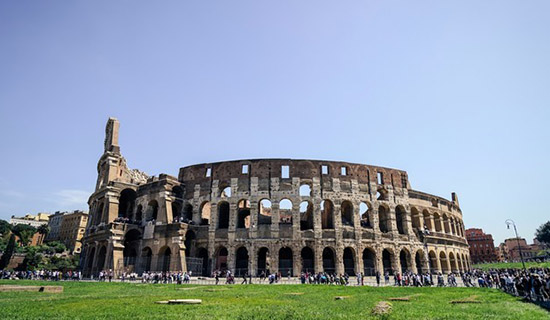
Rome Colosseum ©mafengwo / corain君

Dunhuang Show - Silk Road and Flower Rain ©mafengwo / 阿团生活印记
The name, silk road comes from the most popular Chinese goods - silk with countries along the road, especially the Rome empire. But the route network was not officially named. The German geographer and traveler Ferdinand von Richthofen first used the term “silk road” in 1877 C.E. to describe the trade pathways between Europe and East Asia. His student, the renowned Swedish geographer, and explorer Sven Hedin, published a book entitled The Silk Road in 1934.
Recommended Silk Road Tour:
It is believed that the silk road was officially opened trade with the West in 130 B.C., established in the Han Dynasty. But before that, the crossing border trade activities began a long time ago. The silk road remained to be used until 1453 AD, for the Ottoman Empire boycotted trade with China and closed the trade routes. It has been used for nearly 600 years and had a great impact on international trade and cultural exchanges.>>Learn More about the Silk Road History
Recommended Silk Road Tour:
☛ 5 Days Zhangye to Dunhuang Highlights Tour by Bullet Train
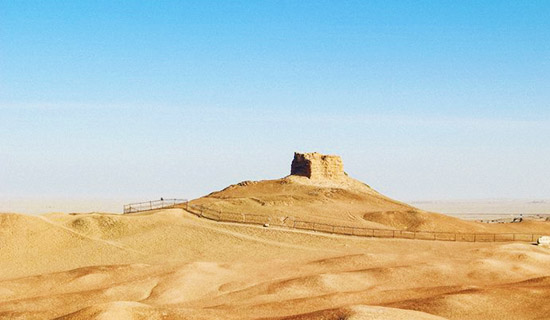
Yangguan Fort Relics ©mafengwo / 火锅狂魔

Zhang Qian Statue at Yangguan Fort ©mafengwo / 桃花岛小妖女
When trade began to develop, the silk road gradually formed. The transport of goods and services along these routes dates back even further before any certain person starts. The first person to take this route in history should be Zhang Qian, an envoy sent by Emperor Wu of the Han Dynasty. In 142 BC, Zhang Qian was ordered by the Emperor Wu of the Han Dynasty to send out the Western Region from Chang'an. He was twice imprisoned by the Xiongnu army. After 13 years, he finally returned to Chang'an and made his reports from his journeys conveyed valuable information about the people and lands that lay to the West. After Zhang’s visits, the emissaries of countries such as Persia also came to visit Chang'an, and many foreign businessmen came to China for trade.
Recommended Silk Road Tour:
The most famous traveler of the Silk Road is Marco Polo (1254–1324 CE). Marco Polo traveled with his father and uncle to China when he was just 17. Upon his return in 1295 CE, Marco Polo wrote about his adventures, making him—and the routes he traveled—famous. Another famous traveler is the monk, Xuanzang (602 – 664CE). He took a 17-year pilgrimage to bring Buddhist teachings from India to China. His journey to the west was recorded and Xuanzang became a household name in China as his journey to India inspired the great Chinese epic Journey to the West (also known as ‘The Legend of the Monkey King’).
Recommended Silk Road Tour:
☛ 7 Days Miraculous Land Tour from Dunhuang to Zhangye Xining

Xuanzang Statue at Giant Goose Pagoda Square ©mafengwo / 杨亿然
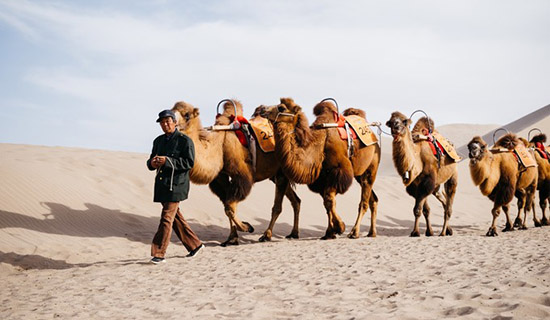
Camels Walking in Takalamakan Desert ©mafengwo / Christopher Wilton
The monk Xuanzang took about 17 years on the road to get from Chang’An (modern Xi’an), the Chinese capital, to India. If he traveled a more westerly route, up the Gansu corridor to Dunhuang, across the Tarim Basin, to Kashgar, and across the mountains to Samarkand, he might need to walk 2300 miles. That would be complete in about 200 days for a man walking without ceasing at night. However, there are lots of possible delays along the way, such as traveling through the mountains and traveling during the frozen wintertime and scorching summer days.
Recommended Silk Road Tour:
For the land silk Route, camels were popular animals for transport through dry and harsh land. Merchants and tradesmen traveled in large caravans. They would have had many guards with them. For the Maritime silk Route, ships are the only transportation method.
Besides silk, Chinese merchants brought porcelain, tea, paper, and bronze products, etc., while merchants from other countries still exported rich goods to China such as horses, woolen goods, exotic food, jewels, amber, metals, dyes, drugs, and glass, ivory, etc.
Recommended Silk Road Tour:

A Raisin Stall at Kashgar International Bazaar ©mafengwo / 长得肥还爱吃的刘婕
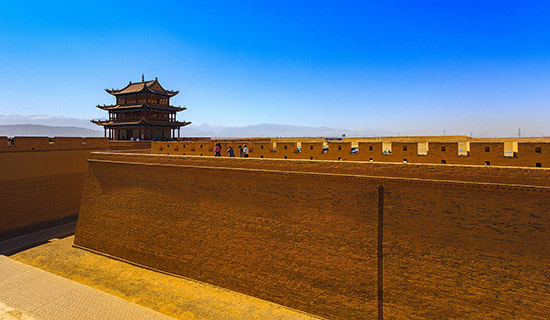
Jiayuguan Fortress ©mafengwo / 站酷冒牌大叔
The Silk Road helped to generate trade and commerce between the east and west. More importantly, it helped ideas, culture, inventions, and unique products to spread across the world. Since the Silk Road connected people from different cultures, languages, and religions, there was an astounding exchange of ideas within and between these cities. Religious ideologies such as Christianity, Islam, and Buddhism disseminated along the Silk Road. Technological developments and inventions also made their way along the Silk Road. The most important inventions are paper and gunpowder, both invented by the Chinese during the Han Dynasty, and which have had obvious and lasting impacts on culture and history in the West.
Recommended Silk Road Tour:
☛ 15 Days Classic Ancient China Silk Road Tour with Bullet Train Experience

























